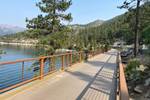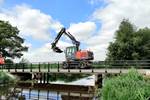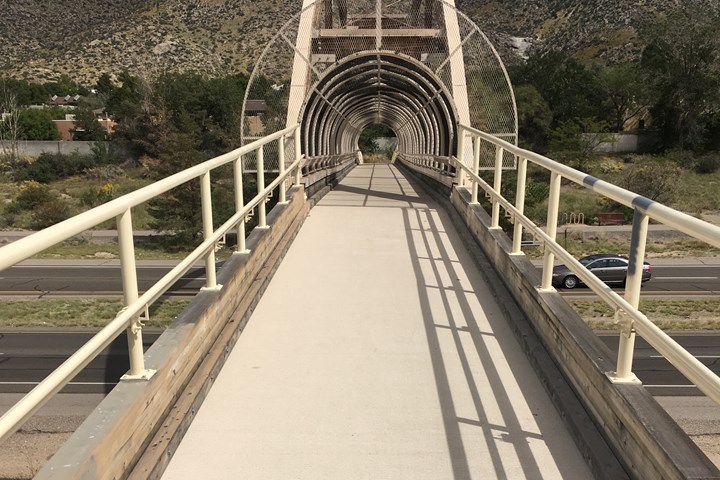Creative Composites Group’s FRP composite bridge decking is sourced for five upcoming projects
With the Infrastructure Bill putting the spotlight on advanced materials used in mainstream projects, CCG seeks to accommodate growing FRP deck installations across the U.S.
May 2022 marked the six-month anniversary of the $1 trillion Infrastructure Investment and Jobs Act (IIJA) that to date has released $110 billion in funding for roads, bridges and major projects. The bill also introduced innovative materials like fiber-reinforced polymer (FRP) composites and its performance advantages into mainstream procurement processes. With construction season underway, Creative Composites Group (CCG, Alum Bank, Penn., U.S.) has announced five FRP bridge deck projects slated for installation this year in Washington State, Delaware and New Mexico.
Design flexibility, optimal strength-to-weight ratio, high durability, corrosion resistance and zero maintenance have continued to boost the popularity of FRP material among contractors and state-level department of transportation agencies, CCG notes.
“For the last two decades, FRP composites have generated life cycle cost savings that have incentivized its adoption as a construction material,” Scott Reeve, business development for CCG, says. “The growing trend toward sustainable practices has also prompted companies to choose FRP, which embodies lower energy consumption and emissions when compared to steel and concrete.”
CCG’s engineered FRP panels use a fiber-reinforced foam core encased by two fiberglass facesheets to produce a sandwich structure. The closed-cell foam creates the prefabricated bridge panel’s shape and reportedly eliminates the potential for open cavities where water could collect.
The durable decking panels also support a uniform load of 90 psf for all designs and comply with American Association of State Highway and Transportation Officials (AASHTO) regulatory standards for pedestrian bridges, according to the company. CCG’s FRP panels can also incorporate custom shapes and functional features such as crowns, cross-slopes, curbs and drainage systems.
“With infrastructure expanding under the new bill, state and local transportation agencies will have to look at ways to accommodate a growing population of pedestrians and bicyclists,” Reeve says. “Reducing the width or number of vehicle lanes to make room for a pedestrian walkway is not a safe option. Building a separate bridge is an expensive endeavor, particularly with the rising cost of raw materials and the labor shortage. Lightweight FRP decking is durable and strong enough to support a crowd of people without putting a large dead load on a vehicle bridge.”
CCG is scheduled to install FRP bridge decks for Washington State’s 236th Street Sidewalk in July 2022, Delaware’s Northampton Street Sidewalk in August 2022 and three FRP bridge decks for New Mexico’s Tramway Trail in July, September and October 2022.
Related Content
-
Rocket Lab begins installation of large AFP machine for rocket production
The 99-ton AFP machine, custom-designed and built by Electroimpact, is claimed to be the largest of its kind, expecting to save around 150,000 manufacturing hours in the Neutron rocket’s production process.
-
TPI manufactures all-composite Kenworth SuperTruck 2 cab
Class 8 diesel truck, now with a 20% lighter cab, achieves 136% freight efficiency improvement.
-
Microwave heating for more sustainable carbon fiber
Skeptics say it won’t work — Osaka-based Microwave Chemical Co. says it already has — and continues to advance its simulation-based technology to slash energy use and emissions in manufacturing.

















